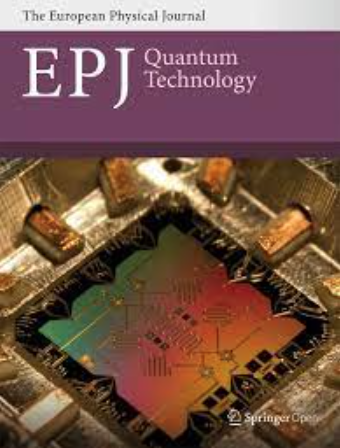Engineering the microwave to infrared noise photon flux for superconducting quantum systems
Abstract
Electromagnetic filtering is essential for the coherent control, operation and readout of superconducting quantum circuits at milliKelvin temperatures. The suppression of spurious modes around transition frequencies of a few GHz is well understood and mainly achieved by on-chip and package considerations. Noise photons of higher frequencies – beyond the pair-breaking energies – cause decoherence and require spectral engineering before reaching the packaged quantum chip. The external wires that pass into the refrigerator and go down to the quantum circuit provide a direct path for these photons. This article contains quantitative analysis and experimental data for the noise photon flux through coaxial, filtered wiring. The attenuation of the coaxial cable at room temperature and the noise photon flux estimates for typical wiring configurations are provided. Compact cryogenic microwave low-pass filters with CR-110 and Esorb-230 absorptive dielectric fillings are presented along with experimental data at room and cryogenic temperatures up to 70 GHz. Filter cut-off frequencies between 1 to 10 GHz are set by the filter length, and the roll-off is material dependent. The relative dielectric permittivity and magnetic permeability for the Esorb-230 material in the pair-breaking frequency range of 75 to 110 GHz are measured, and the filter properties in this frequency range are calculated. The estimated dramatic suppression of the noise photon flux due to the filter proves its usefulness for experiments with superconducting quantum systems.

 求助内容:
求助内容: 应助结果提醒方式:
应助结果提醒方式:


